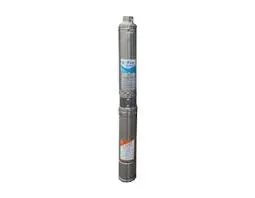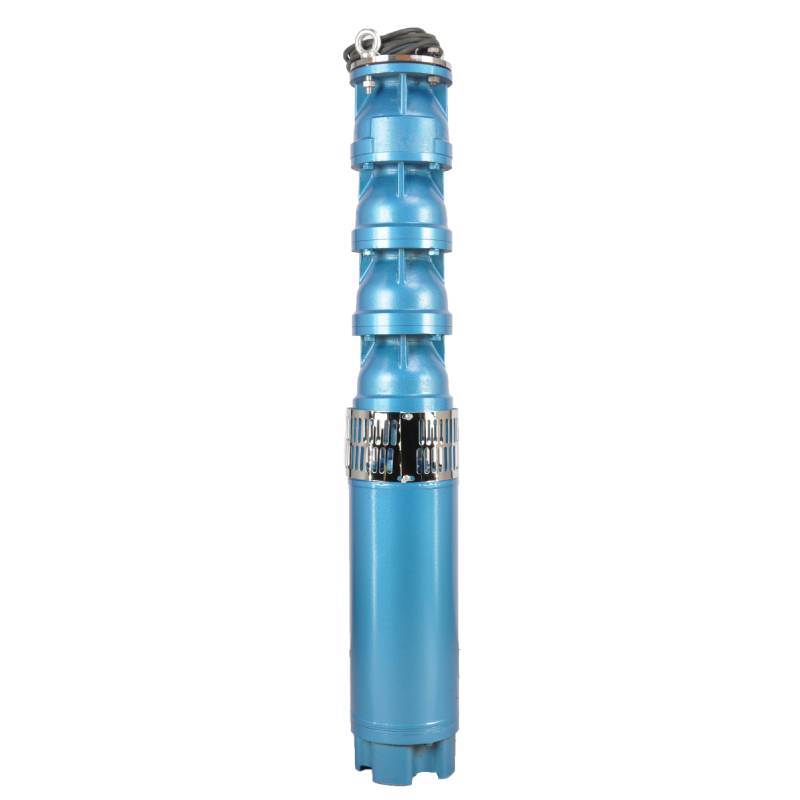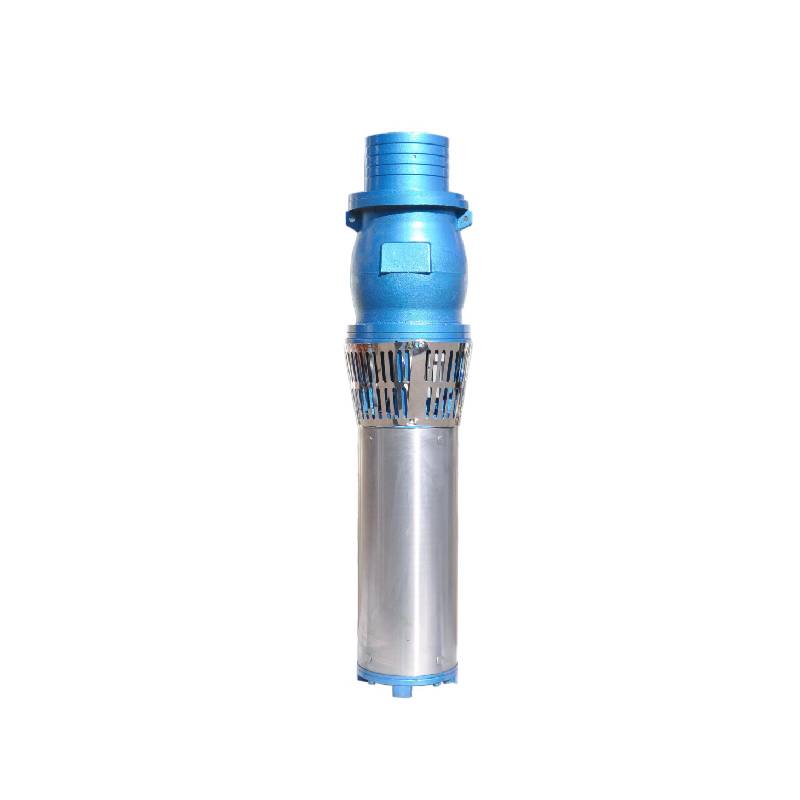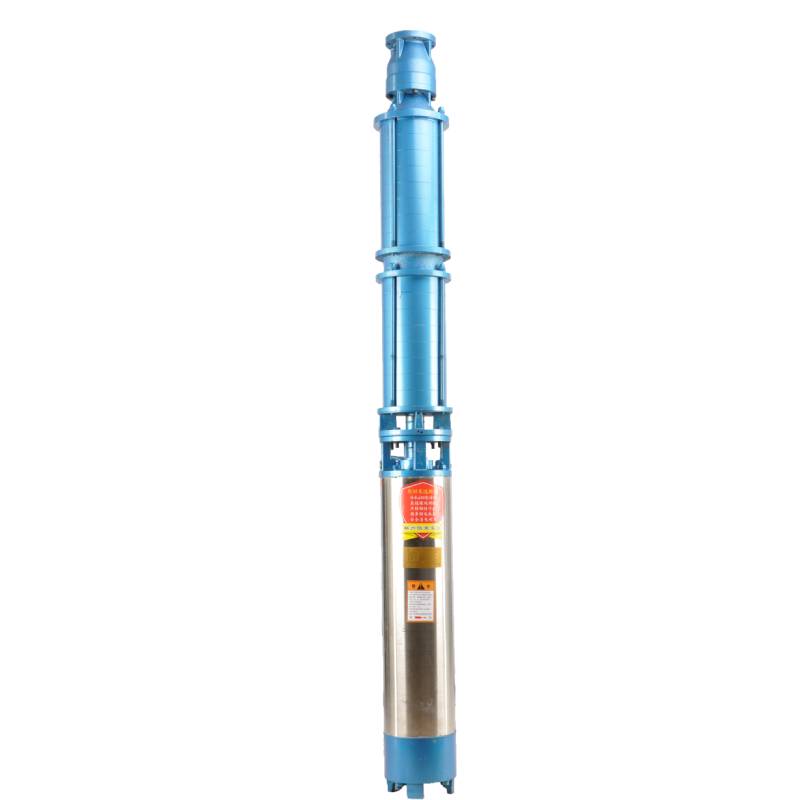10 月 . 10, 2024 15:12 Back to list
how to size a deep well submersible pump
How to Size a Deep Well Submersible Pump
Choosing the right submersible pump for a deep well requires careful consideration and precise calculations. A submersible pump is designed to operate underwater, pushing water to the surface. Sizing this equipment correctly ensures optimal performance, efficiency, and longevity. Here’s a comprehensive guide to sizing a deep well submersible pump effectively.
Understanding Your Water Needs
The first step in sizing a submersible pump is to assess your water requirements. Consider the following factors
1. Flow Rate Determine how much water you need on a daily basis. This is usually measured in gallons per minute (GPM). Factors influencing flow rate include the number of people using water, appliances that consume water, and irrigation demands.
2. Total Dynamic Head (TDH) This is the total height the pump must lift water from the well to your discharge point. It includes - Static Head The vertical distance from the water surface in the well to the discharge point. - Friction Losses The losses that occur due to friction in the pipes. This can vary depending on the diameter of the pipe and the length of the run. - Pressure Requirements If your water system requires a certain pressure at the discharge point, be sure to factor this into your calculations.
Calculating Total Dynamic Head
To accurately calculate TDH, use the following formula
\[ \text{TDH} = \text{Static Head} + \text{Friction Losses} + \text{Pressure Head} \]
- Static Head Measure from the top of the well to the pump intake. - Friction Losses Use charts that provide friction loss values for various pipe sizes and lengths. For a more accurate estimate, consider the pipe material, diameter, and flow rate. - Pressure Head If you require specific pressure, convert it to head height (1 psi ≈ 2.31 feet of water).
Choosing the Right Pump Submersible Size
how to size a deep well submersible pump

Once you have calculated the TDH and flow rate, refer to pump performance curves provided by manufacturers. These curves illustrate the relationship between flow rate, TDH, and horsepower (HP).
1. Select a Pump Choose a pump that can deliver your required flow rate at your calculated TDH. It’s often advisable to select a pump that operates at or slightly above your required flow rate for optimal efficiency. 2. Horsepower Rating Ensure that the pump has a sufficient horsepower rating to overcome the TDH. Higher horsepower pumps can handle greater lifts and flow rates but may be less efficient if oversized for your needs.
3. Pump Size Submersible pumps come in various sizes. A common mistake is selecting a pump based on well diameter alone; do take into account your specific flow and head requirements.
Additional Considerations
- Well Depth Make sure the pump you select can operate at the depth of your well without risk of running dry. There are specific pumps designed for deeper wells, so verify the model specifications.
- Power Supply Consider the electrical requirements for the pump. Larger pumps may require three-phase power or a higher voltage supply.
- Material and Build Look for pumps made from corrosion-resistant materials, especially if you have a high mineral content in your water supply. Stainless steel or thermoplastic options may be ideal for harsh conditions.
- Accessories You may need additional components such as float switches, check valves, and control panels, which should all be considered when making your selection.
Conclusion
Sizing a deep well submersible pump is crucial for ensuring your water supply system operates efficiently and reliably. By accurately assessing your water needs, calculating total dynamic head, and selecting the appropriate pump specifications, you can make an informed decision. It’s often beneficial to consult with professionals or pump specialists who can provide insight tailored to your specific situation. Remember, the correct sizing minimizes wear and tear on the pump, prolonging its lifespan and enhancing performance.
-
Your Guide to Deep Well Pumps
NewsOct.31,2024
-
Why Choose a Stainless Steel Deep Well Pump?
NewsOct.31,2024
-
Understanding Water-Filled Submersible Pumps
NewsOct.31,2024
-
Understanding SS Submersible Pumps
NewsOct.31,2024
-
Reliable Submersible Well Pumps for Your Water Supply Needs
NewsOct.31,2024
-
Choosing the Right Submersible Pump for Your Water Management Needs
NewsOct.31,2024
-
 Understanding Water-Filled Submersible PumpsWhen it comes to selecting the right pump for your water management needs, understanding the different types available is crucial.Detail
Understanding Water-Filled Submersible PumpsWhen it comes to selecting the right pump for your water management needs, understanding the different types available is crucial.Detail -
 Guide to Installing a Deep Well Submersible PumpWhen dealing with deep wells, a deep well submersible pump is often the most effective solution for extracting water from significant depths.Detail
Guide to Installing a Deep Well Submersible PumpWhen dealing with deep wells, a deep well submersible pump is often the most effective solution for extracting water from significant depths.Detail -
 Finding the Right Submersible PumpWhen seeking an efficient solution for pumping water from deep wells, sumps, or other applications, the submersible pump is a leading choice.Detail
Finding the Right Submersible PumpWhen seeking an efficient solution for pumping water from deep wells, sumps, or other applications, the submersible pump is a leading choice.Detail
